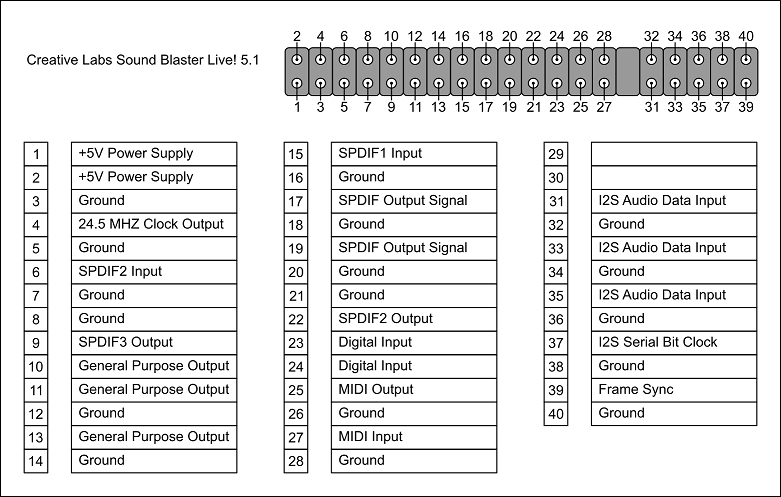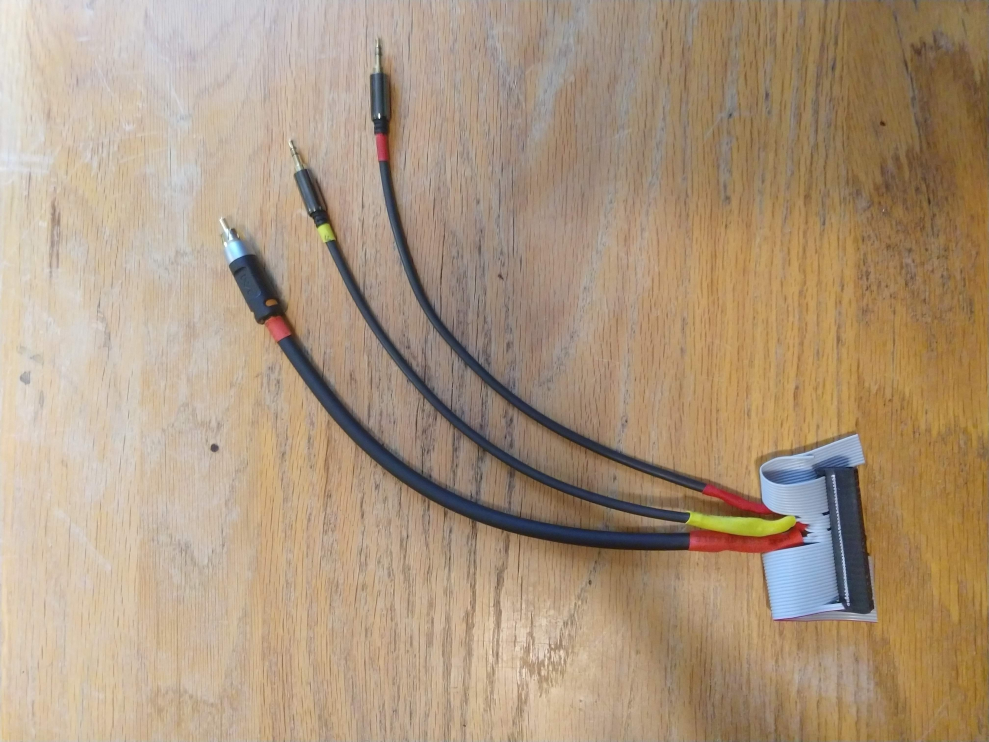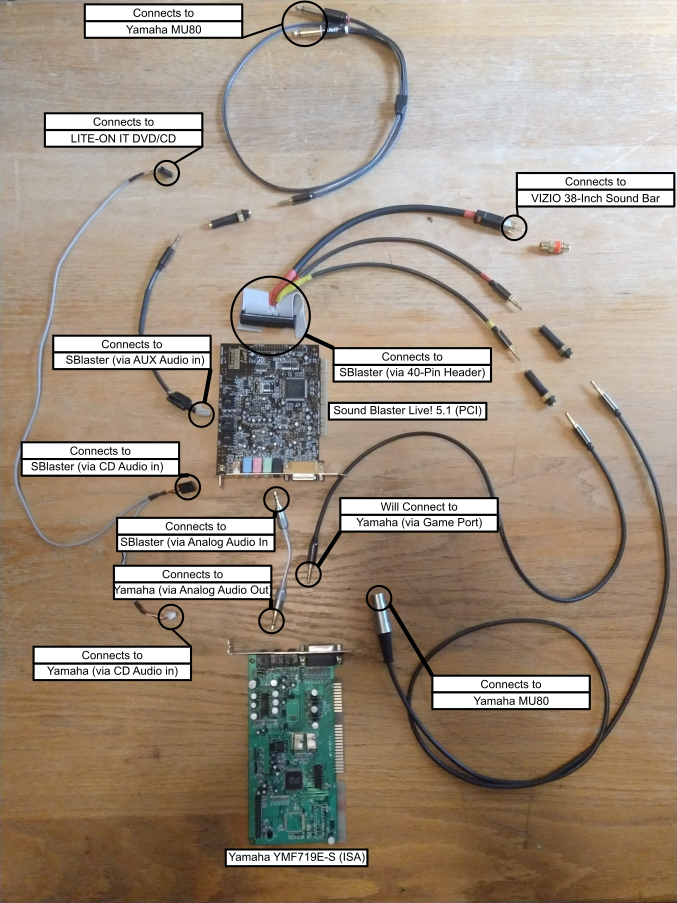5V is 5V so it generally doesn't matter where you get it from, except in special cases where there is a dedicated power supply for things like low noise/ripple/etc. But I don't think that's the case here.
The real question is how much power is available from the 5V connectors, and how much do you need? What are you going to use the 5V for, and how much current does that use require? The Molex connector is going to have significantly more current available, so the SBLive's connector is only going to be for things that use very little power, like driving the opto-isolator LED in a physical MIDI connection. LEDs typically use around 20 mA, but probably less in this case, so it's possible the SBLive pins are only rated to supply a very small amount of current. If you use those connectors for MIDI you'll be fine, but you'll have to do some tests before you rely on using that 5V source for anything else.
The Molex connector is capable of delivering significantly more current, so there's no problem using that as well, just bear in mind that it can supply so much current and the connectors are so small, that any fault or short circuit may not shut off the power supply and could instead heat up the wires until they melt or the insulation catches fire. Having that much power available and trying to cram it down a tiny wire does not always end well 😀
If I were you I'd be tempted to bridge the two 5V connectors on the card (they are almost certainly bridged already, but you can test this with a multimeter in continuity mode to be sure) and then use the combined cable to power all three devices. If you plug in everything you plan to run on all three connectors at the same time and measure the voltage, you should see it remain right on 5V. If it starts to fall below 4.9V then you're drawing too much power and will have to disconnect and have a rethink.

![]()







